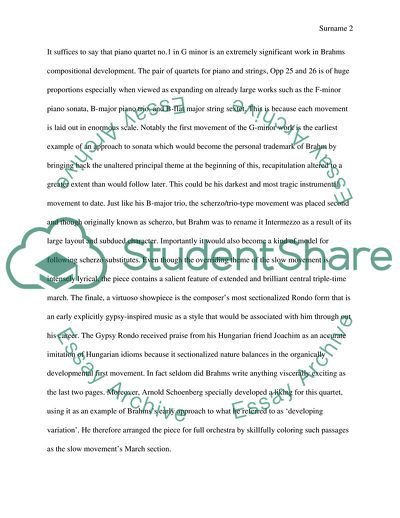Cite this document
(Brahms G Minor Piano Quartet First Movement Essay, n.d.)
Brahms G Minor Piano Quartet First Movement Essay. https://studentshare.org/music/1825634-brahms-g-minor-piano-quartet-first-movement
Brahms G Minor Piano Quartet First Movement Essay. https://studentshare.org/music/1825634-brahms-g-minor-piano-quartet-first-movement
(Brahms G Minor Piano Quartet First Movement Essay)
Brahms G Minor Piano Quartet First Movement Essay. https://studentshare.org/music/1825634-brahms-g-minor-piano-quartet-first-movement.
Brahms G Minor Piano Quartet First Movement Essay. https://studentshare.org/music/1825634-brahms-g-minor-piano-quartet-first-movement.
“Brahms G Minor Piano Quartet First Movement Essay”. https://studentshare.org/music/1825634-brahms-g-minor-piano-quartet-first-movement.


